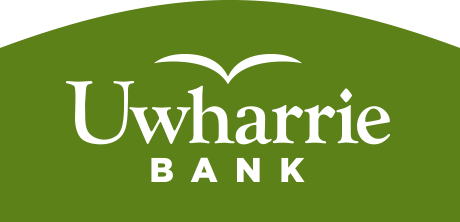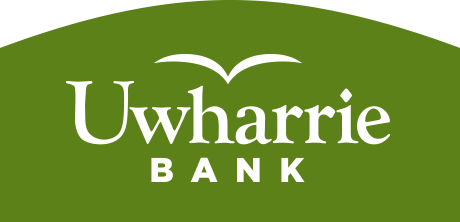Unexpected expenses can derail even the most carefully laid financial plan. Sometimes even a minor problem – like replacing a broken appliance or getting a few stitches at the ER – can be enough to set you back and deplete your savings.
One way to regain control of your finances is to establish an emergency fund – a cash reserve account that you have to make sure you can maintain your expenses when you have an unexpected financial setback. An emergency fund gives you some financial cushion. You don’t have to panic if your car breaks down or if you suddenly need to replace the hot water heater. Just pull the money out of your emergency fund – and you can go on to pay the rest of your bills without missing a beat.
Before you start your fund, remember this: The emergency fund is just for true emergencies. Once your account balance starts to grow, don’t fall into the trap of eyeing this account for the cash to splurge on a beach vacation or a new flat-panel TV. It’s fine if you want to save for these things, but put that money in a separate splurge account – and keep the emergency fund for the real emergencies.
You have to start someplace, so start with baby steps. Set a reasonable goal for your initial account balance; even an account with $250 or $500 in it can make a huge difference when you need the extra cash. Once you set the goal amount for your account, make a plan for how to get there.
Here are several ideas for painless ways you can jumpstart your savings:
- “Find” savings by making small changes to your everyday habits. If you just skip the latte each morning and pack your lunch a few days a week, you could easily find an extra $50 a week to put in your account.
- Double-check to make sure you are getting the best deal you can on some of your larger bills.
- Make it automatic. Use your direct deposit to funnel a specific amount from each paycheck into your savings.
- Put “found” money to good use. Don’t instinctively spend the extra money from things like tax refunds, inheritances and bonuses. Set aside some money to splurge if you must, but sock the rest away in your emergency fund.
Once you reach your initial goal, increase it until you have a balance of $1,000 in your fund. After that, keep going until you have two months of living expenses. From there, just maintain your savings habits and watch your account grow.
To choose an account type that would work best for your emergency savings fund, talk to a Uwharrie banker.


